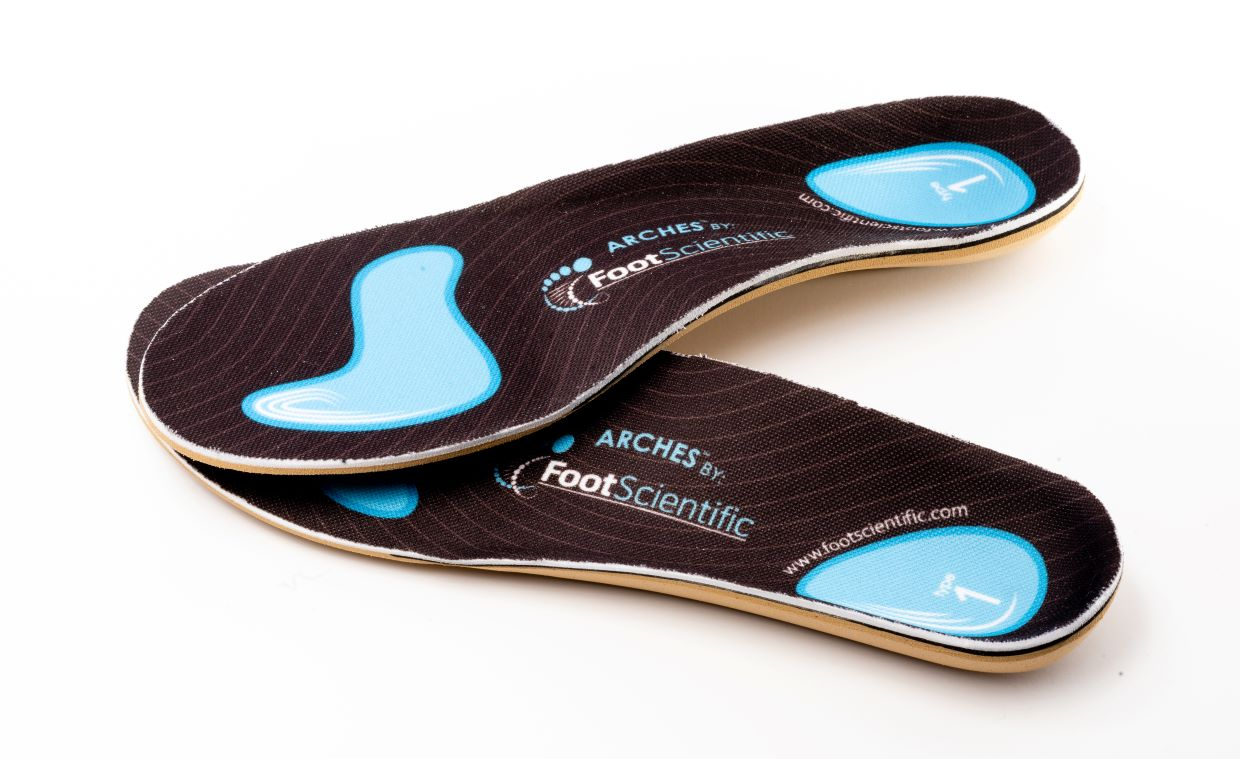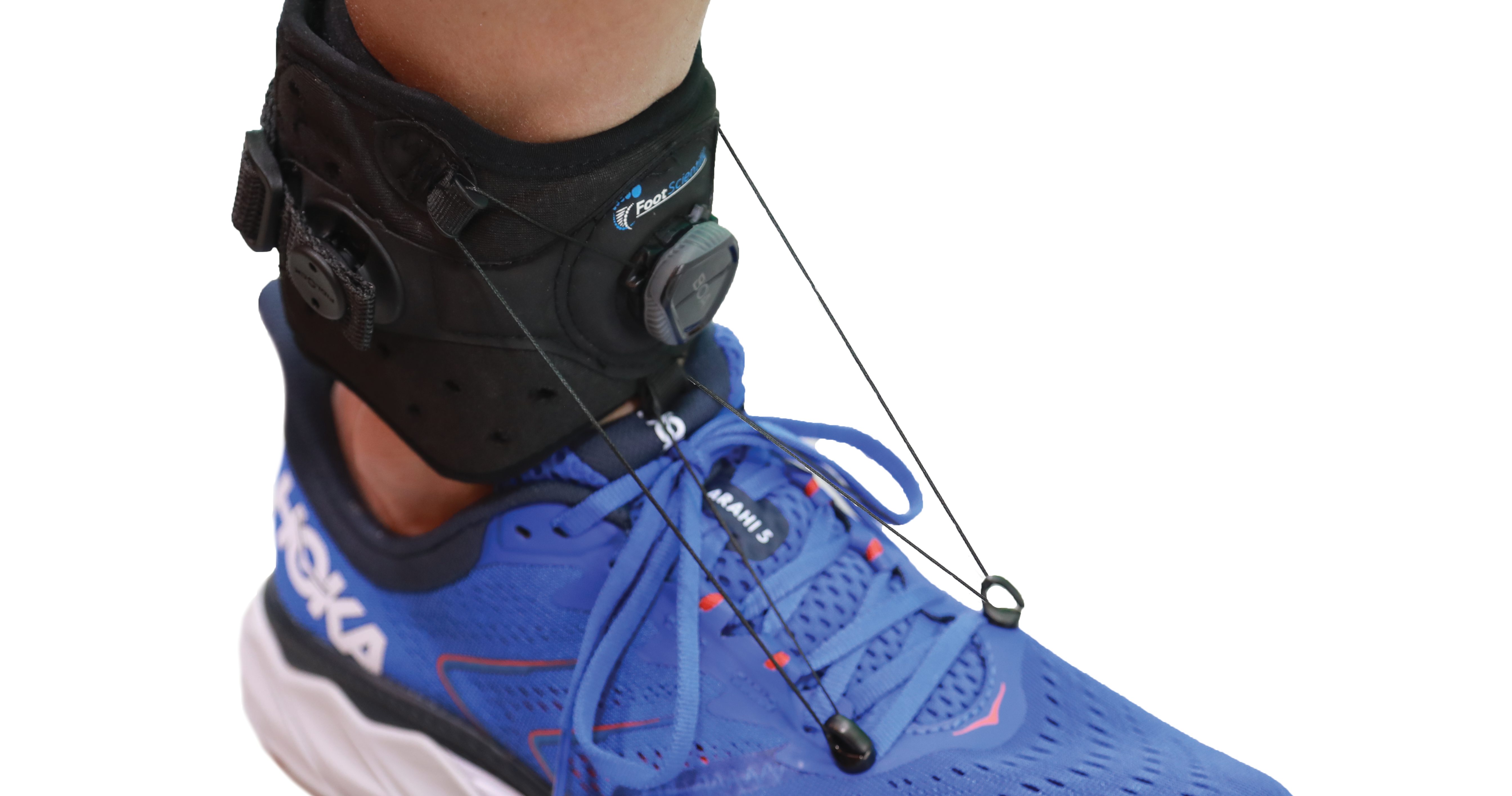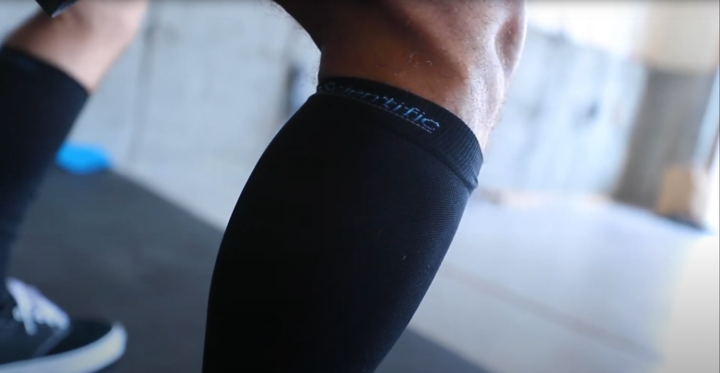Corns and Calluses
Corns and Foot Calluses are thick, hardened layers of skin. A corn is a thick localized area that can have a conical or circular shape usually formed on a toe. Corns can sometimes have a dry, waxy, or translucent appearance. A foot callus is a flattened area of thick skin usually on the ball of the foot. Corns can be painful, while foot calluses are usually painless.
What causes Corns and Foot Calluses?
Thickening of the skin on the feet occurs as a natural protection to strengthen the skin in areas of friction or pressure primarily caused by footwear. Causes of this friction and pressure include:
- Abnormal anatomy of the feet,
- Hammer toe or other deformities of the feet,
- Footwear that is too tight or causes friction on specific points of the foot, like the toes or the back of the heel.
- Abnormal gaits or movement that result in increased pressure to specific areas of the foot.
How do I know if I have Corns and Foot Calluses?
What are the symptoms of Corns and Foot Calluses?
Symptoms of foot calluses include
- Skin that is thick and hardened in areas that may be rubbed or pressed against
- Flaky, dry skin.
Corns can become painful to walk on, even if they are small. Common locations for corns are:
- on the sole, over the ball of the foot,
- on the outside of the fifth small ('pinky') toe where it rubs against the shoe,
- and between the fourth and fifth toes. Unlike other corns that are firm and flesh-colored, corns between the toes are often whitish and messy. They are called 'soft corns'.
How are Corns and Foot Calluses diagnosed?
Corns and Foot Calluses are visible and can generally be detected at home by you. If you wish to see a doctor, a physical examination will allow for diagnosis.
What can I do from home for Corns and Foot Calluses?
What can I do to prevent Corns and Foot Calluses?
Prevention of corns and foot calluses include reducing or eliminating the source of friction or pressure at the specific point on your foot.
- Wear well-fitted shoes that don't rub against your foot or put unnecessary pressure on specific points of the foot.
- Pad the affected area.
- There are many types of padding available, such as:
- Cushions to put between toes
- Foam and moleskin pads to place over the corn or callus
- Foam pads with holes in the center to put over corns
- And cushioned insoles to pad your feet and alleviate pressure.
What treatments can I do from home for Corns and Foot Calluses?
- Soak your feet in warm water and Epsom salt
- Use a pumice stone to gently wear down your Corns and Foot Calluses but never cut or slice off your Corns and Foot Calluses
- Wear comfortable and roomy shoes
- Use moleskin in your shoes to pad the Corns and Foot Calluses
When should I see a doctor for Corns and Foot Calluses?
You should see a doctor if your Corns and Foot Calluses persist, ?especially if you have diabetes (as ulcers of the foot can be found underneath calluses).
Treatments your doctor may recommend for Corns and Foot Calluses
- Orthotics that transfer weight to other parts of the foot-relieving pain and pressure
- Corn removal
- Debridement of callus in the office - this is easy and painless




